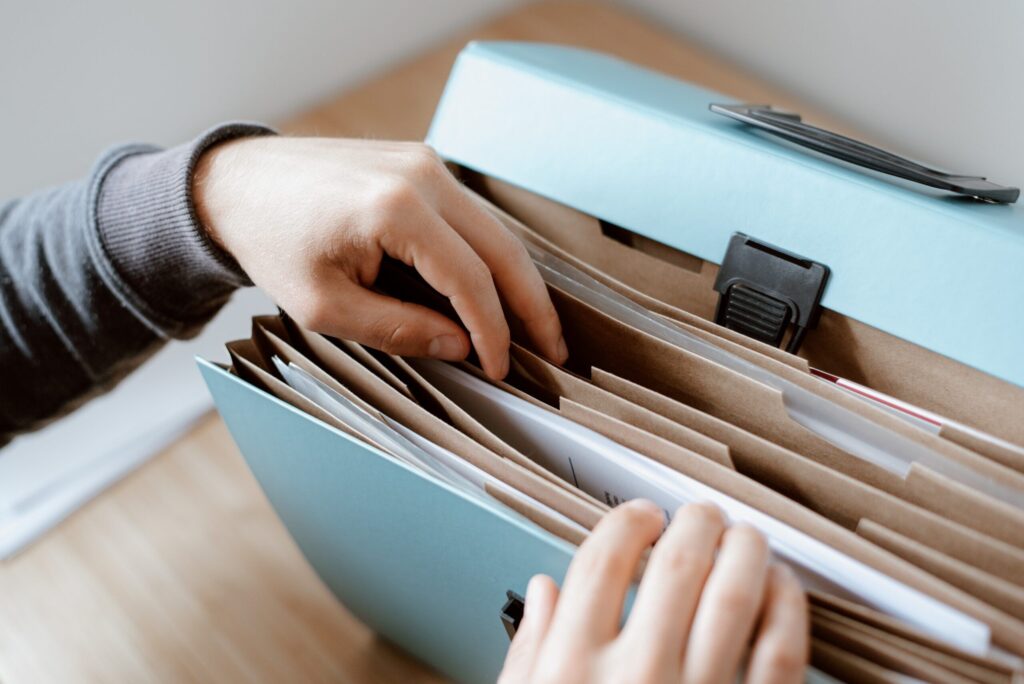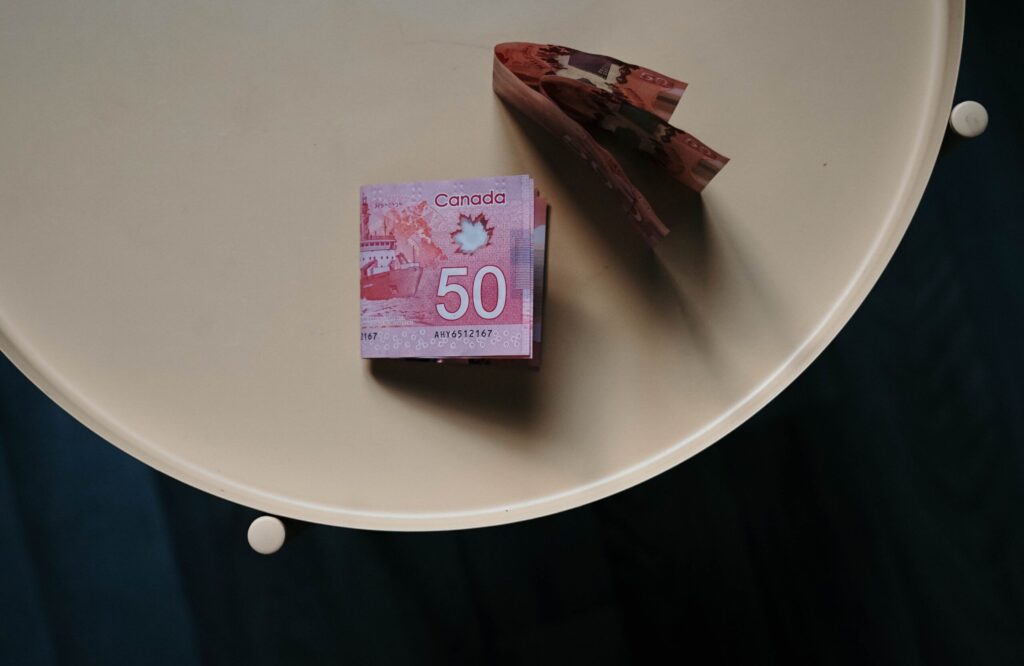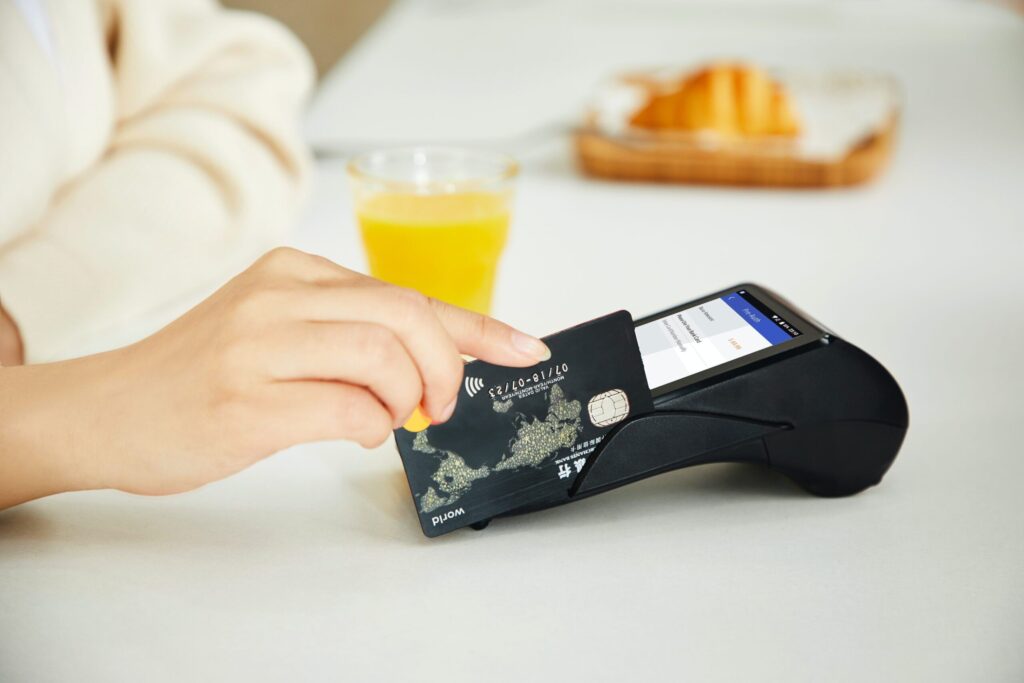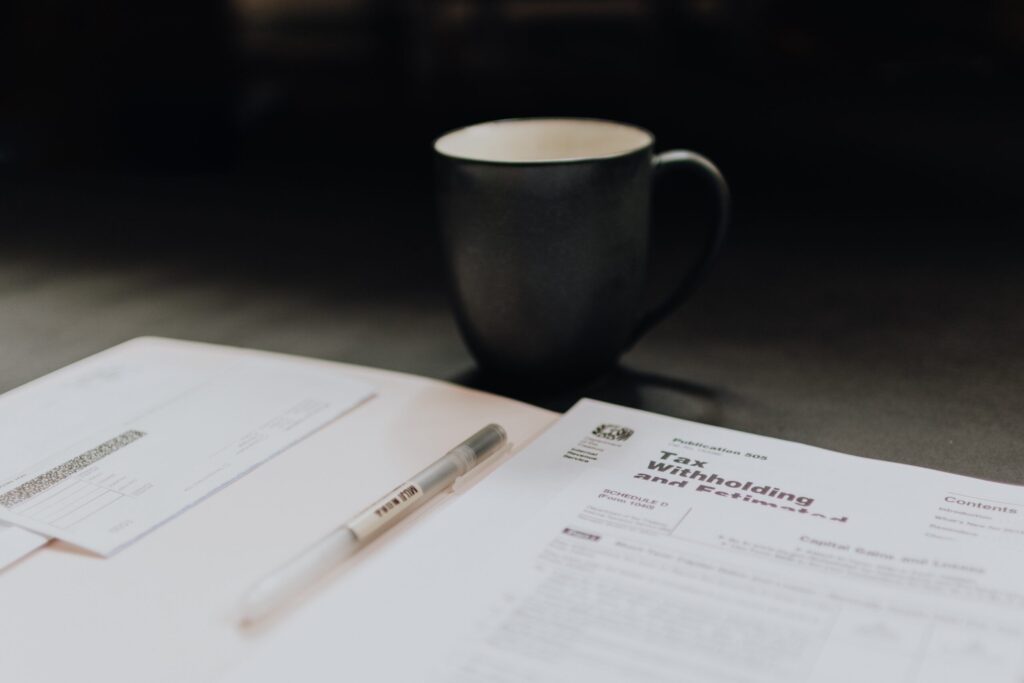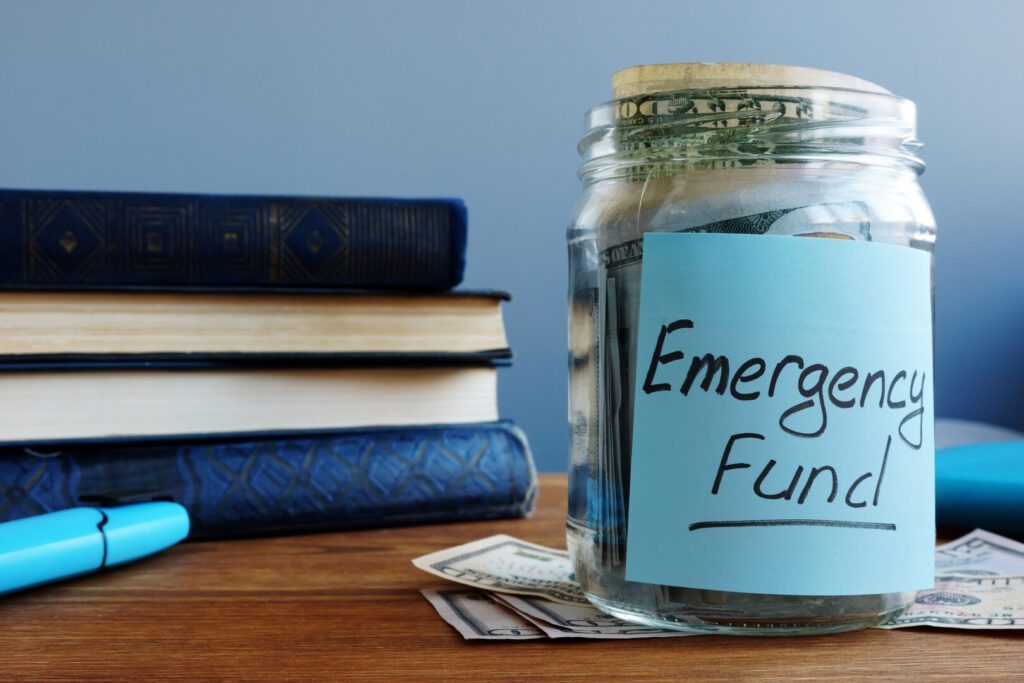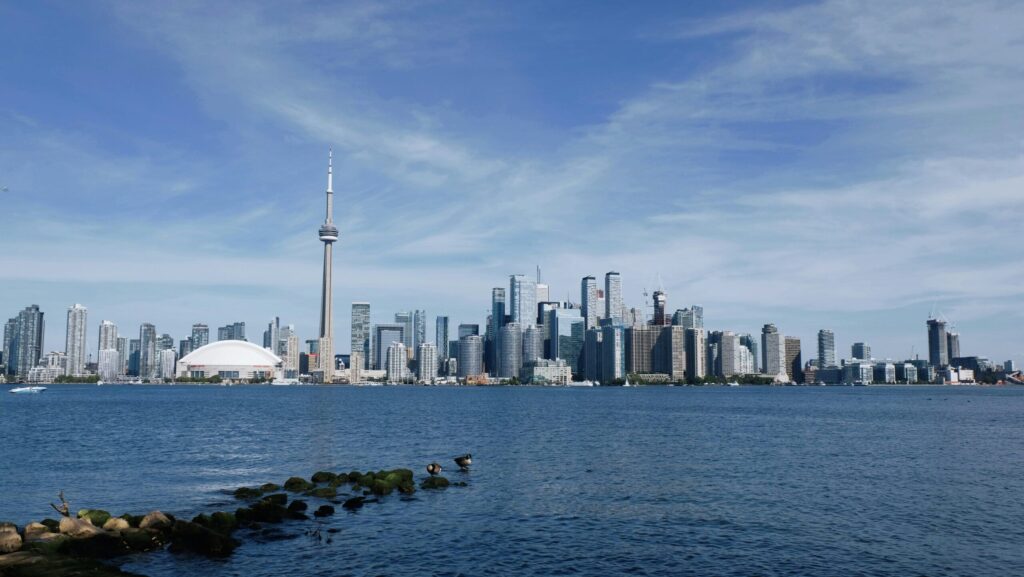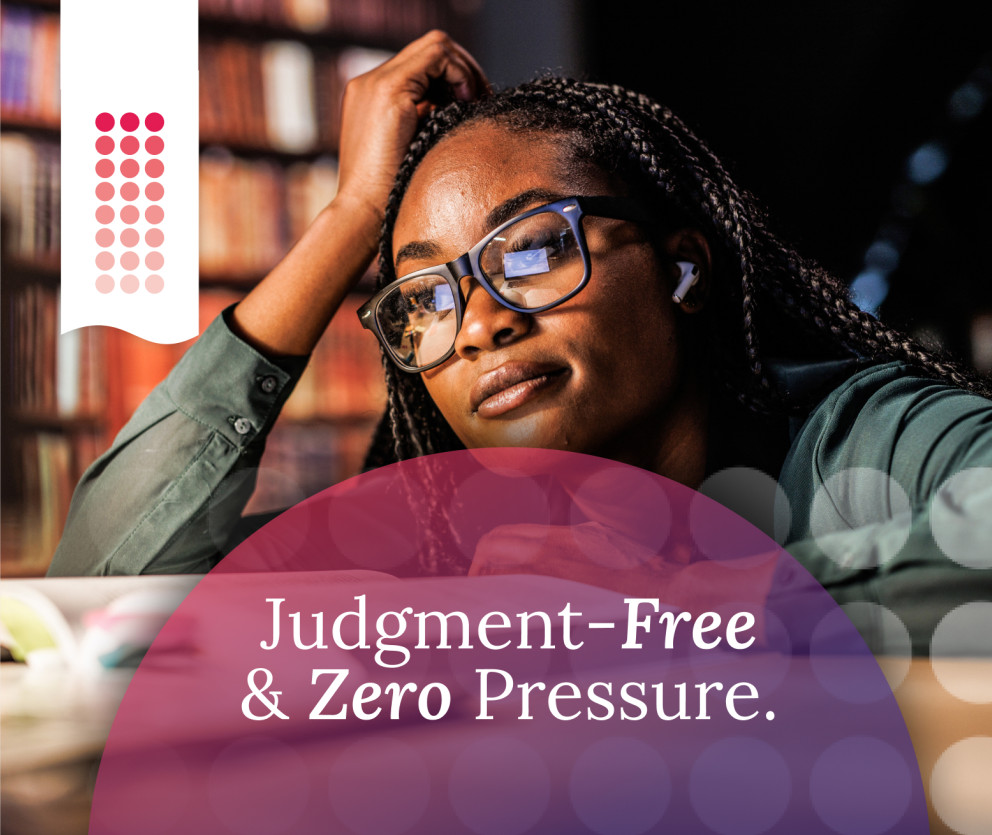Many Canadians considering filing bankruptcy as a form of debt relief can become concerned, thinking that they will lose all of their assets in a bankruptcy. Thankfully, this is not the case. Due to some federal laws laid out by the Canadian government, as well as provincial laws, there are some exceptions to what you have to surrender during a bankruptcy. Even if there are some specific assets that you want to hold on to, the Bankruptcy and Insolvency Act actually offers a form of debt relief that enables you to keep all of your assets while reducing your debt. In this article, we will explain what non exempt property actually is, and share the difference between exempt vs non exempt property when it comes to filing bankruptcy.
Which assets are non exempt in bankruptcy?
When filing for bankruptcy in Canada, you may need to surrender some of your assets if they are considered non exempt property. When it comes to bankruptcy and assets, any non exempt assets will be surrendered to your Licensed Insolvency Trustee. Your Licensed Insolvency Trustee will then coordinate these to be sold so that they can go towards the repayment of your debt to your creditors. This property is known as non exempt assets. It essentially means that if you have any valuable assets and you decide to file for bankruptcy, the assets can be used to pay off some of your debts that would otherwise be cleared once you are discharged from bankruptcy. Some common non exempt assets include the following:
- A second vehicle
- Equity in your property
- A second home or vacation property
- An inheritance
- A tax refund on income
- Collectibles and valuable artwork
- Investments or stocks that are not protected in a registered account
- Any money you have in your account above what is considered reasonable to cover your living costs in the short term
Which assets are exempt in bankruptcy?
When it comes to assets you may keep when filing bankruptcy, these are considered exemptions. The idea behind bankruptcy is not to strip you of all your belongings. It is instead to provide a fresh financial future while ensuring your creditors are treated fairly. Both federal and provincial laws have a list of bankruptcy exemption assets which we cover below. These assets are protected from being surrendered to your Licensed Insolvency Trustee. The value of these assets is based on their liquidation or resale value, and their equity after any amount owing. This means that in most bankruptcies, Canadians can keep some of their belongings and household items. Typically exempt assets during bankruptcy include the following:
- Property held in trust for another person
- Property exempt by provincial laws
- GST/HST tax credits
- RRSPs
- RRIFs
- RDSP savings
Bankruptcy exemptions by province
When it comes to exempt vs non exempt assets in bankruptcy, each province has its own laws that enable those filing bankruptcy to keep certain assets. Below, we have listed each of the bankruptcy exemptions by province. These amounts are increased each year in line with inflation.
Bankruptcy exemptions in Alberta
Limitation thresholds are set by the provincial law of Alberta, specifically the Civil Enforcement Act.
| Item | Value |
| Essential food | For 12 months |
| Clothing | Up to $4,000 |
| Household furnishings and appliances | Up to $4,000 |
| A motor vehicle | Up to $5,000 |
| All medical and dental aids | N/A |
| Principal residence | Up to a certain value |
| Tools for earning an income | Up to $10,000 |
| Farm property | Up to 160 acres |
| Farming equipment | Certain conditions |
| RRSP, RESP, RDSP balances | Except for unusual contributions |
| Life insurance where the beneficiary is a spouse, child, parent, or grandparent | N/A |
| Pensions | N/A |
| Equity in a personal property | Up to $40,000 |
Bankruptcy exemptions in British Columbia
Limitation thresholds are set by the provincial law of British Columbia, specifically the BC Exemptions Regulation.
| Item | Value |
| All clothing | N/A |
| Household furnishings and appliances | Up to $4,000 |
| A motor vehicle | Up to $5,000 ($2,000 if behind on child support) |
| All medical and dental aids | N/A |
| Tools for earning an income | Up to $10,000 |
| Registered savings plans (RRSP, RRIF), except any contributions made in the last year | N/A |
| Pensions and certain life insurance policies | N/A |
| Equity in a personal property | Up to $9,000 ($12,000 in Vancouver and Victoria) |
Bankruptcy exemptions in Manitoba
Limitation thresholds are set by the provincial law of Manitoba, specifically the Manitoba Executions Act.
| Item | Value |
| Essential food and fuel for 1 year | N/A |
| All necessary clothing | N/A |
| Household furnishings and appliances | Up to $4,500 |
| A motor vehicle | Up to $3,000 (must be for business or travel to work) |
| All health aids | N/A |
| Tools for earning an income | Up to $7,500 |
| Certain farm equipment, livestock, tools, seed stock | N/A |
| Up to 160 acres of farmland and related buildings | N/A |
| Registered savings plans (RRSP, RRIF, DPSP), except any unusual contributions | N/A |
| Some pensions | N/A |
| Equity in a personal property | Up to $2,500 ($1,500 if co-owned) |
Bankruptcy exemptions in New Brunswick
Limitation thresholds are set by the provincial law of New Brunswick, specifically the Memorials and Executions Act.
| Item | Value |
| Essential food and fuel for 3 months | N/A |
| All necessary clothing | N/A |
| Household furnishings and appliances | Up to $5,000 |
| Tools for earning an income | Up to $6,500 |
| A motor vehicle, if used for work | Up to $6,500 |
| Farm property including animals, feed, and seed | N/A |
| Medical and health aids | N/A |
| Registered savings plans, including RRSP and RRIFs except contributions made in the last year | N/A |
| Some government pensions | N/A |
Bankruptcy exemptions in Newfoundland
Limitation thresholds are set by the provincial law of Newfoundland, specifically the Judgement Enforcement Act.
| Item | Value |
| Essential food and fuel for a year | N/A |
| All necessary clothing | Up to $4,000 |
| Household furnishings and appliances | Up to $4,000 |
| Items of sentimental value | Up to $500 |
| A motor vehicle | Up to $2,000 |
| Tools of trade or business (including farming, fishing, and aquaculture) | Up to $10,000 |
| Registered savings plans, including RRSPs, RRIFs, and RDSPs | N/A |
| Equity in your personal residence | Up to $10,000 |
Bankruptcy exemptions in Nova Scotia
Limitation thresholds are set by the provincial law of Nova Scotia, specifically the Judicature Act.
| Item | Value |
| Unlimited food and fuel for family | N/A |
| All clothing | N/A |
| Household furnishings and appliances | Up to $5,000 |
| A motor vehicle | Up to $6,500 |
| All medical and health aids | N/A |
| Tools of trade or business (including farming and fishing equipment) | Up to $7,500 |
| Feed, seeds, and livestock for domestic use | N/A |
| Registered savings plans, including RRSPs and RRIFs except contributions made in the last year | N/A |
| Some pensions | N/A |
Bankruptcy exemptions in Ontario
Limitation thresholds are set by the provincial law of Ontario, specifically the Execution Act.
| Item | Value |
| Household furniture, equipment, food and fuel | Up to $14,180 |
| All clothing | N/A |
| A motor vehicle | Up to $7,117 |
| Tools of trade or business | Up to $14,405 |
| Farming animals and equipment | Up to $31,379 |
| Registered savings plans, including RRSPs and RRIFs except contributions made in the last year | N/A |
| Most pension plans and some life insurance policies | N/A |
| Principal residence equity | Up to $10,783 |
Bankruptcy exemptions in Prince Edward Island
Limitation thresholds are set by the provincial law of Prince Edward Island, specifically the Judgment and Execution Act.
| Item | Value |
| Household furniture, equipment, food and fuel | Up to $2,000 |
| All clothing | N/A |
| A motor vehicle | Up to $6,500 if used as transport to work; $3,000 if not |
| All medical and health aids | N/A |
| Tools of trade or business | Up to $2,000 |
| Property or tools used for farming or fishing | Up to $5,000 |
| Registered savings plans, including RRSPs and RRIFs except contributions made in the last year | N/A |
| Some pensions | N/A |
Bankruptcy exemptions in Quebec
Limitation thresholds are set by the provincial law of Quebec, specifically the Code of Civil Procedure.
| Item | Value |
| All food and fuel | N/A |
| All clothing | N/A |
| Household furniture and appliances | Up to $7,000 |
| A motor vehicle needed for work | N/A |
| All farming exempt | N/A |
| Registered savings plans, including RRSPs and RRIFs except contributions made in the last year | N/A |
| Some pensions | N/A |
| Equity in personal residence | Up to $20,000 |
Bankruptcy exemptions in Saskatchewan
Limitation thresholds are set by the provincial law of Saskatchewan, specifically The Enforcement of Money Judgements Act.
| Item | Value |
| Clothing and jewelry | Up to $7,500 |
| All household furniture and appliances | N/A |
| A motor vehicle | Up to $10,000 |
| Tools of trade or business | N/A |
| Livestock, equipment, feed and seed for farmers | N/A |
| Registered savings plans, including RRSPs and RRIFs except contributions made in the last year | N/A |
| Some pensions and life insurance including DPSPs | N/A |
| Equity in personal residence | Up to $10,000 |
Bankruptcy exemptions in Yukon
Limitation thresholds are set by the provincial law of Yukon, specifically the Yukon Exemptions Act.
| Item | Value |
| Food and fuel for a year | N/A |
| All clothing | N/A |
| Household furniture and appliances | Up to $200 |
| Animals, books, and tools of trade or business | Up to $600 |
| Registered savings plans, including RRSPs and RRIFs except contributions made in the last year | N/A |
| Equity in personal residence | Up to $3,000 |
Bankruptcy exemptions in Northwest Territories
Limitation thresholds are set by the provincial law of Northwest Territories, specifically the NWT Exemptions Act.
| Item | Value |
| Food and fuel for a year | N/A |
| All clothing | N/A |
| A motor vehicle | Up to $6,000 |
| Hunting tools | Up to $15,000 |
| Tools of the trade | Up to $12,000 |
| Registered savings plans, including RRSPs and RRIFs except contributions made in the last year | N/A |
| Equity in personal residence | Up to $50,000 |
Bankruptcy exemptions in Nunavut
Limitation thresholds are set by the provincial law of Nunavut, specifically the Nunavut Consolidation of Exemptions Act.
| Item | Value |
| Food and fuel for a year | N/A |
| All clothing | N/A |
| All household furniture and appliances | N/A |
| All medical and dental aids | N/A |
| Unlimited hunting and tools of the trade | N/A |
| Registered savings plans, including RRSPs and RRIFs except contributions made in the last year | N/A |
| Some pensions and life insurance policies | |
| Equity in personal residence | Up to $35,000 |
Exempt vs non exempt assets: what happens to your house and car?
The questions we are often asked by most Canadians filing bankruptcy is ‘what happens to my car?‘ and ‘what happens to my house?‘ Both property and cars are considered secured debts. This is where a debt is associated with an asset. If you fail to make repayments on your car or house, your asset may be seized. This makes both a car loan or a mortgage a much less risky loan for the lender. Bankruptcy only clears unsecured debts. If, therefore, you are able to keep up your payments for your home or your car through bankruptcy, you can keep your assets. Filing bankruptcy will not affect your secured debts. Therefore, it is very possible to file bankruptcy and to keep both your car and your home.
What happens to your non-exempt assets when you file a consumer proposal?
A popular bankruptcy alternative is a consumer proposal. A consumer proposal is a legal form of debt settlement, and is the most popular form of debt relief in Canada. A consumer proposal requires a Licensed Insolvency Trustee to help you suggest a monthly repayment figure to put forward that is fair to both you and your creditors. It will be an affordable amount that you repay each month to your creditors over a period of up to five years. Consumer proposals can reduce your debt by up to 80%, and 99% of all consumer proposals filed by Licensed Insolvency Trustees at Spergel are accepted. Much like filing bankruptcy, you will receive debt relief with a consumer proposal, as well as protection from your creditors via a stay of proceedings, putting an immediate end to collection calls and wage garnishments. The primary difference between bankruptcy and a consumer proposal is that you can keep all of your assets, including any non-exempt assets. Learn more about filing a consumer proposal and your assets. Generally speaking, consumer proposals are more straightforward than filing bankruptcy, and any conditions are discussed and laid out upfront. Learn more about life after a consumer proposal.
If you are unsure of which exempt vs non exempt assets you can keep, book a free consultation with Spergel. Our experienced Licensed Insolvency Trustees will review your financial circumstances and advise you on the best pathway for your situation. We will help you to determine which assets you may keep or lose depending on the form of debt relief you choose. Reach out today – you owe it to yourself.



